Average sizes and life expectancy for this breed:
If a Turkish Angora gets an idea into their brilliant head, it can be challenging to change their curious mind about how they should behave. But to most Turkish Angora owners, they are so attractive and charming that they don't really care.
Gorgeous and sophisticated, the Turkish Angora can surprise the unsuspicious looker with their strength and intelligence. This active feline will greet guests at the door and entertain them. They are very agile and are often seen in high places, like the top of the furniture or refrigerator.
These affectionate kitties are interested in everything their human companion does and are always looking for ways to help. They are very clever and can open cupboards, cabinets, and doors, and are known for getting into things.
The Turkish Angora is very sociable and best suited in an environment where there is another cat or dog to keep them company, especially if their human companion is not home all day. Also, they are known to follow commands, stay by their human companion’s side and sleep cuddled up to them in bed.
Adored and cherished in their native land, Turkey, Turkish Angoras are perhaps the only domestic cat kept, bred and raised in a zoo. For a time, it was believed that all these beautiful, intelligent, majestic cats were deaf and were used massively in crossbreeding to create the Persian breed. Because of this, Turkish Angoras were almost driven to extinction.
While still a rare cat breed today, Turkish Angoras have a loyal following worldwide among cat lovers who appreciate this soft, visually captivating long-haired cat. With their high intelligence and stunning white fur, it is easy to see why Turkish Angoras are a national treasure in their country.
See available kittens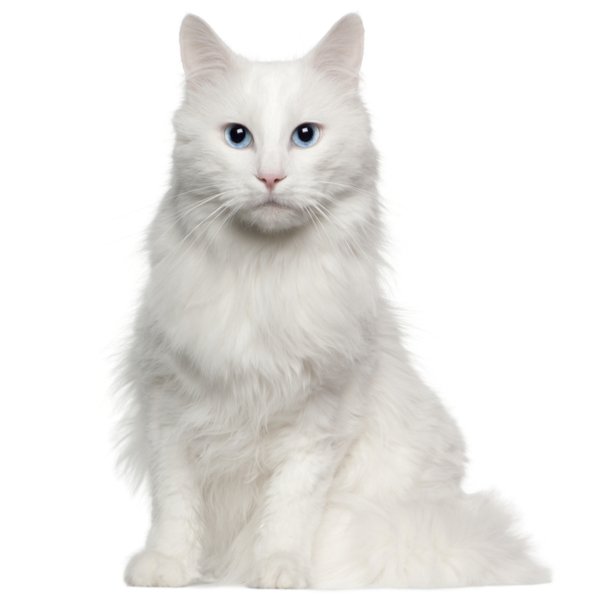

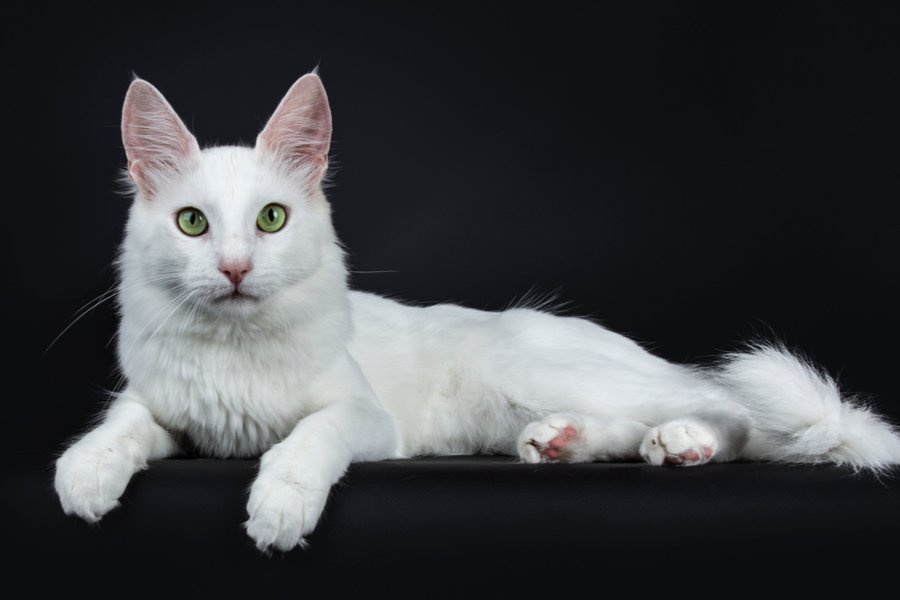


The longhaired Turkish Angora is not the source of the angora sweaters, though their fur is just as soft and gorgeous. This natural cat breed takes its name from the city of Ankara in Turkey, which was previously known as Angora. For many centuries, the Turkish Angoras have been nice-looking souvenirs for visitors to Turkey. This may have been the reason why they were the first longhaired cats to arrive in Europe.
A theory suggests that the Vikings carried these cats from Turkey more than a thousand years ago.
These cats eventually became rare and were saved only by a breeding program started at the Ankara Zoo.
In the 1950s, the Turkish Angoras were first brought to the United States by American servicemen stationed in Turkey who took a liking to them. Cat breeders took an interest in this breed, but it was not until the late 1960s that the cat breed began being recognised by the Cat Fanciers Association.
The CFA started registering the Turkish Angoras in 1968, and in 1972, they granted full recognition to white Turkish Angoras. The coloured Turkish Angoras were recognized in 1978. Today, the cat breed is recognized by most international cat registries.
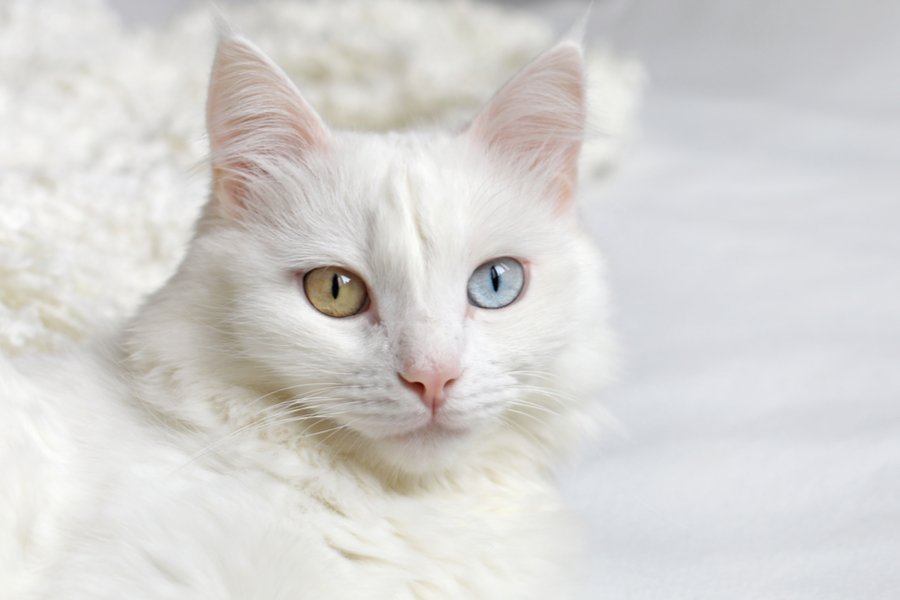
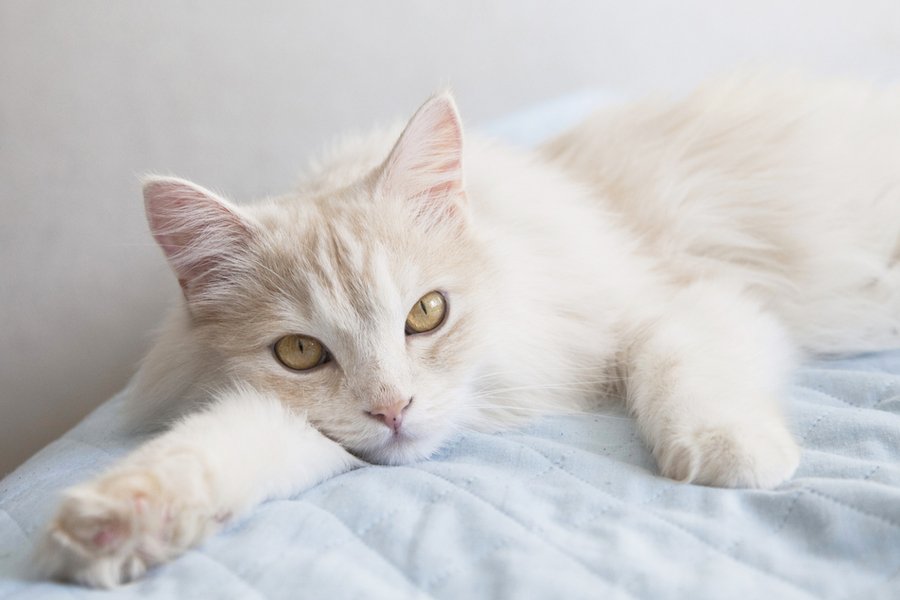
Turkish Angoras are famed for their long, fine, smooth coat, which appears to shimmer when they move. Their coat's length varies, with their longest hair typically seen in the ruff around their neck, their “britches” on their upper hind legs and their plumed tail.
You may probably think of this cat breed as being solid white, but their coat can also be other solid colours as well as tortoiseshell, calico, tabby, or other patterns.
Underneath their coat is a body that is long, well-built, and muscular. Their legs are long, with their hind legs being longer than their front legs, and their small paws are round and delicate, often with tufts of fur between their toes. Their long tail tapers from a broad base to a slender end.
Adding to the cat’s appeal is their small to medium-size wedge-shaped head with big ears high on their head and tufted with fur. Their large walnut-shaped eyes slant somewhat upward. Their eyes can be green, blue, amber, gold, or odd coloured..
While the colour white is still the most popular coat shade, Turkish Angora breeders have shifted their focus to coloured cats. More and more cat lovers and enthusiasts realise how beautiful these agile, sophisticated cats look in other colours. At a Cat Fancy Association show today, you may see Turkish Angoras in different solid colours, such as blue, black, cream and red, or in tortoiseshell, spotted tabby, or bi-coloured.
Gorgeous and elegant, the Turkish Angoras often surprise people with their athleticism and cleverness. No furniture is too high for them to reach the top of, and no closed door is safe from their highly skilled paws.
While they certainly have pleasant manners, the Turkeys, as they are sometimes nicknamed, have an active, energetic side to their nature. They like to play and will do whatever is needed to get and keep the attention of their human companion.
The Turkish Angoras keep their kitten-like playfulness as they grow old. They are friendly toward visitors but adore their own family best. This is a sociable cat breed who fits best to an environment where they will have another cat or a dog to keep them company, especially if they will be left during the day.
At home, the Turkish Angoras may drape themselves across someone’s shoulders or settle happily into someone’s lap. At night, they are likely to be next to their human companion with their head resting on a pillow.
The Turkish Angora is known to be the race-car of the feline world because they are always on the go and keen to play. Do not let their exquisiteness and sophisticated look trick you; underneath that exterior is a feisty cat with a great sense of humour. They may look lean and delicate, but this energetic, athletic cat has a body of solid muscle under its smooth coat.
Turkish Angoras are excellent swimmers. These active cats enjoy playing in the water and are known to be excellent swimmers. It is notable to know that some of these cats will even plunge into the bathtub, shower or swimming pool with their human companions.
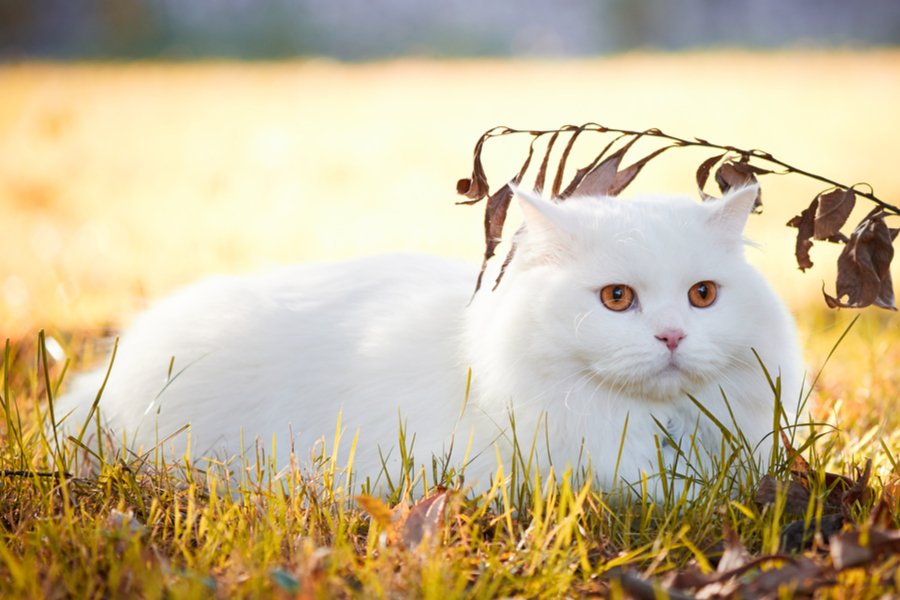
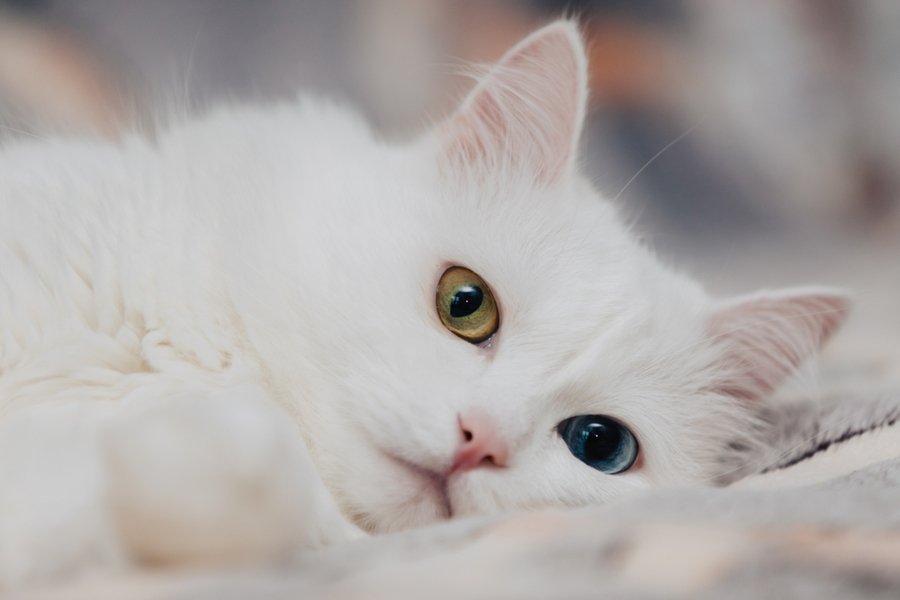
It’s vital to give mental stimulation to all breeds of cats, but with Turkish Angora, you must take extra effort as they are full of energy and highly intelligent.
Turkish Angoras are brilliant and need lots of enrichment, exercise and activities. Cat breeders recommend doing clicker training to help keep this cat breed mentally and physically stimulated. Challenge their intelligent minds and keep them alert by teaching them commands, tricks and games. Give them a lot of puzzle toys that will reward them with treats or kibbles when they learn how to operate them.
These cats shine in the feline sport of agility because of their remarkable intelligence and litheness. Lastly, they enjoy playing fetch and learning new tricks.
When a Turkish Angora is properly socialised and trained during their kittenhood, they will grow to be a well-mannered and well-rounded feline companion.
Turkish Angoras are semi-long haired cats. Their coats have a smooth texture that does not matt or tangle easily. They are recognized to have either a thin undercoat or no undercoat at all. This makes them a bit easier to groom than other long-haired cats. Daily maintenance is suggested but not required.
Many Turkish Angoras have an attraction to water which makes bathing easy and entertaining. Because of their hassle-free coat, there is no need to devote time and money to professional groomers.
You can start familiarising your Turkish Angora kitten with grooming as soon as you get them. Start by using a very soft brush to get them used to regular brushing. This way, the soft brush won’t pull their fine hair or hurt their very young skin. Give them a small treat every after grooming session to encourage them to behave well next time. As they get older, upgrade your brush or comb to a more suitable fit for their coat needs.
Weekly tooth brushing is encouraged to keep your Turkish Angora’s teeth healthy and free from any tooth and gum diseases. Trim their nails twice a month or when needed. To keep their eyes clean, wipe the corners with a clean, soft, damp cloth to remove any discharge.
Check their ears for dirt, wax or any kind of debris. You can wipe them out using a cotton ball and a vet-approved ear cleaner. If there is a foul odour coming out of their ears, contact your vet for treatment.
Make sure to regularly check if their litter boxes are clean as they are very particular about their bathroom hygiene. If left dirty, they tend to use other places in the house for their business.
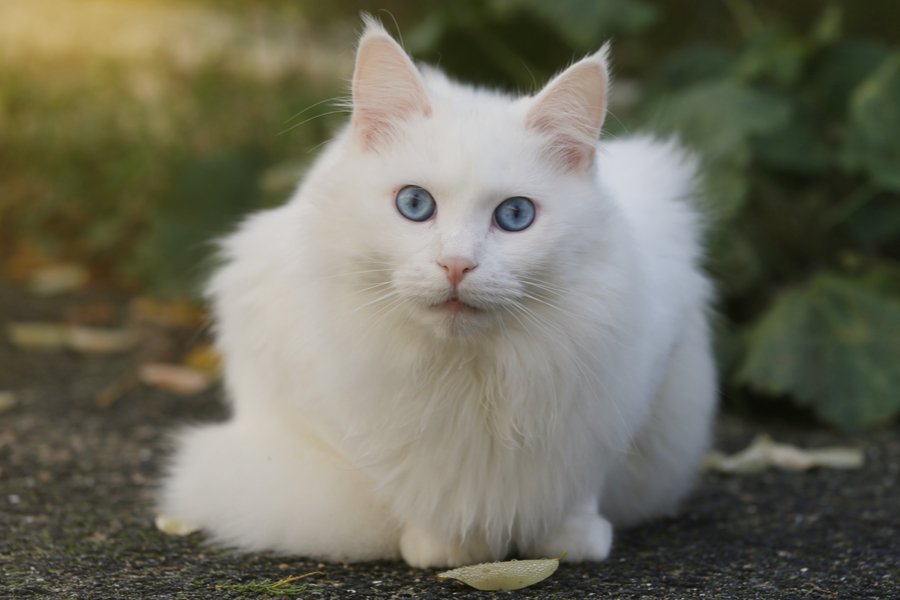
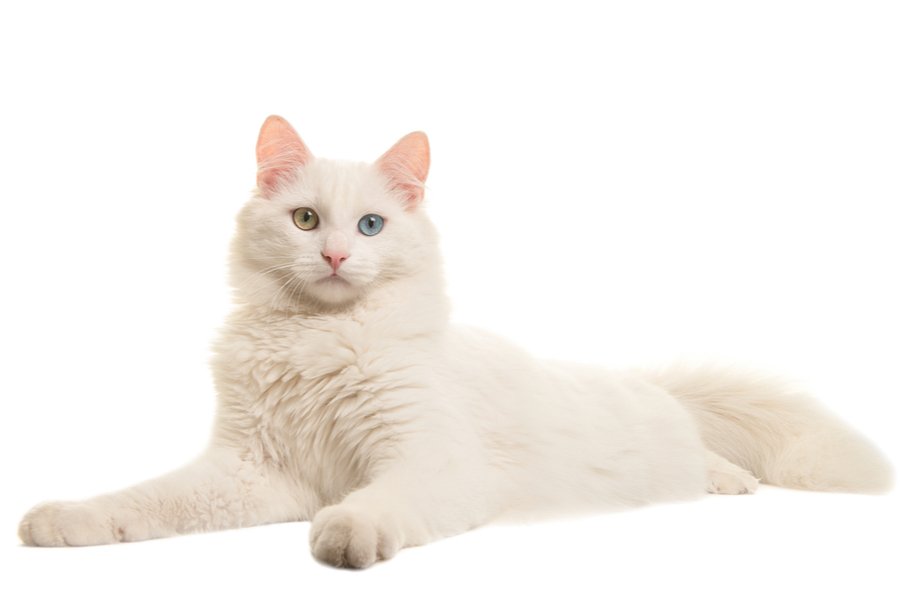
Turkish Angora cats are generally a healthy cat breed. However some health problems that have been seen in the cat breed are hypertrophic cardiomyopathy and ataxia.
Because of these genetic conditions, it is essential to ensure the breeder you buy from runs DNA health checks on their cats and kittens. This test can check for the presence of these hereditary conditions.
Turkish Angoras are smart, extremely social cats who develop solid bonds with their families but they can select one person specifically to bond closest with. This cat breed can get along well with children if they are correctly socialised to them. Keep in mind, though, that young children should be taught about not pulling their long hair or tugging on their tails.
Turkish Angora cats enjoy the companionship of other animals and endure dogs well. But as always, it is best to introduce pets gradually and in controlled environments to ensure that they learn to get along well together. It is important to note though that they do just as well as a solo pet and do not exhibit many stress behaviours if they are left alone.
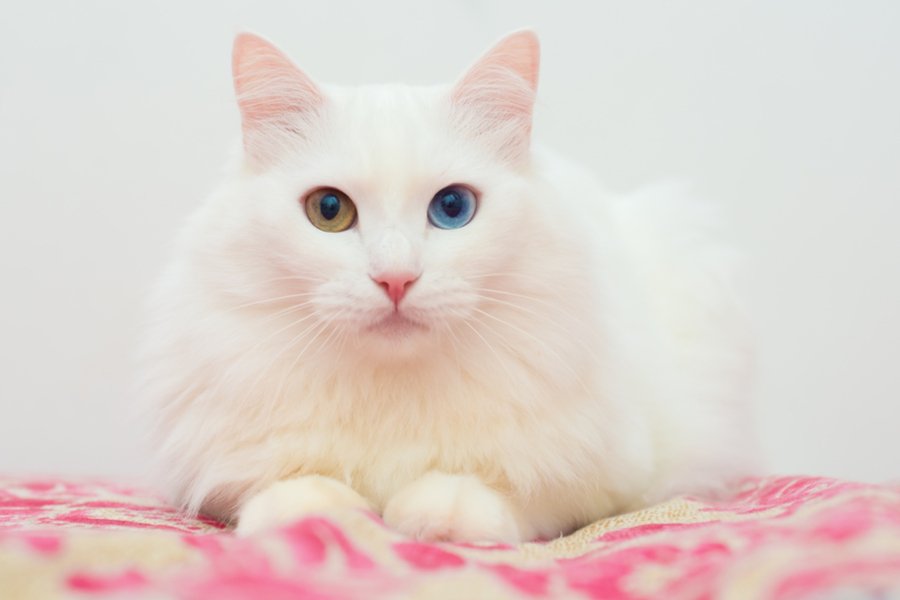
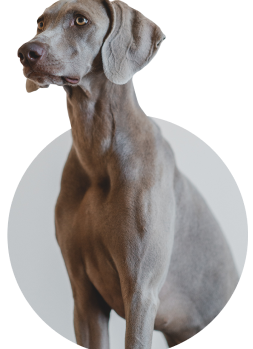
We can connect you with Breeders that are specialized in this particular breed.
See available kittens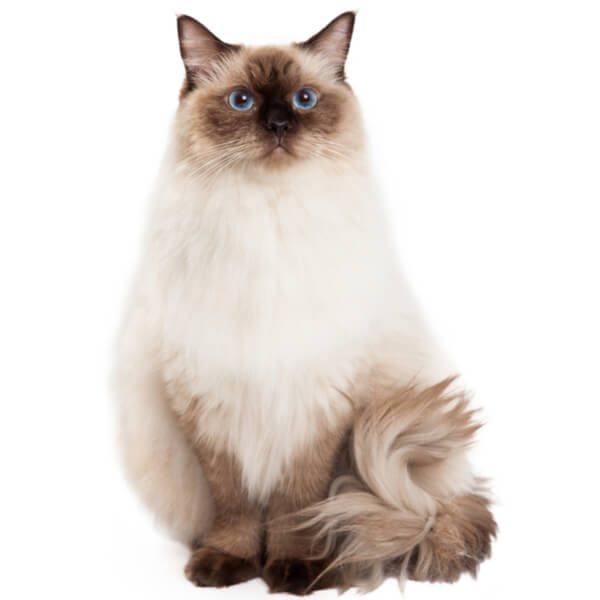
United States of America
Size : Large
Coat : Long
Registration : GCCF, TICA, CFA, FIFe
Vocality : Low
Hypoallergenic : No
Grooming : Twice a Week
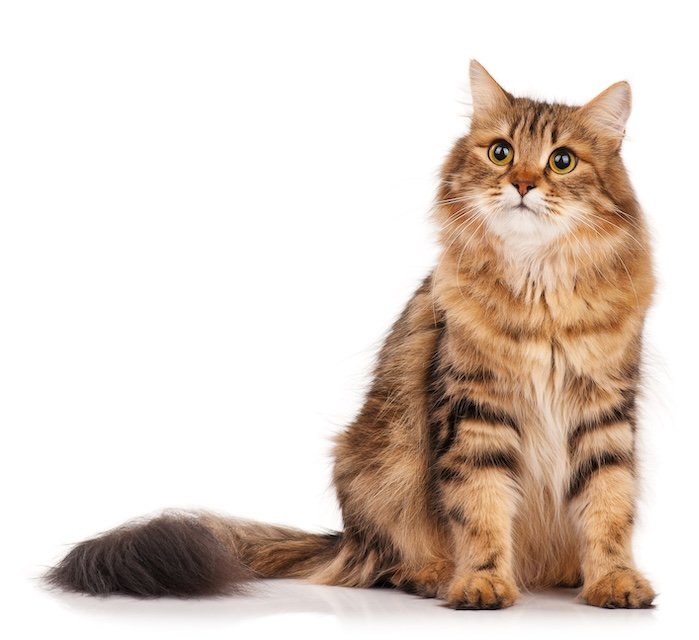
Russia
Size : Medium
Coat : Long
Registration : GCCF, TICA, CFA, FIFe
Vocality : Medium
Hypoallergenic : Yes
Grooming : Twice a Week
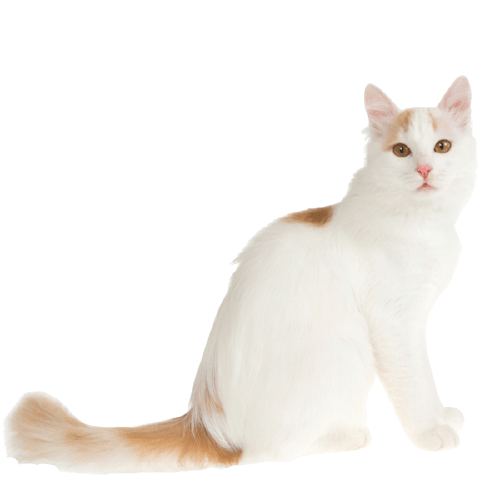
Turkey
Size : Large
Coat : Long
Registration : GCCF, TICA, CFA, FIFe
Vocality : Low
Hypoallergenic : No
Grooming : Once a Week

Thailand
Size : Medium
Coat : Short
Registration : TICA, CFA
Vocality : High
Hypoallergenic : No
Grooming : Once a Week


Need some advice?
Whether you're a first time pet owner, an experienced pet owner, a new or long-time breeder, or just curious about pets, we've got you covered!
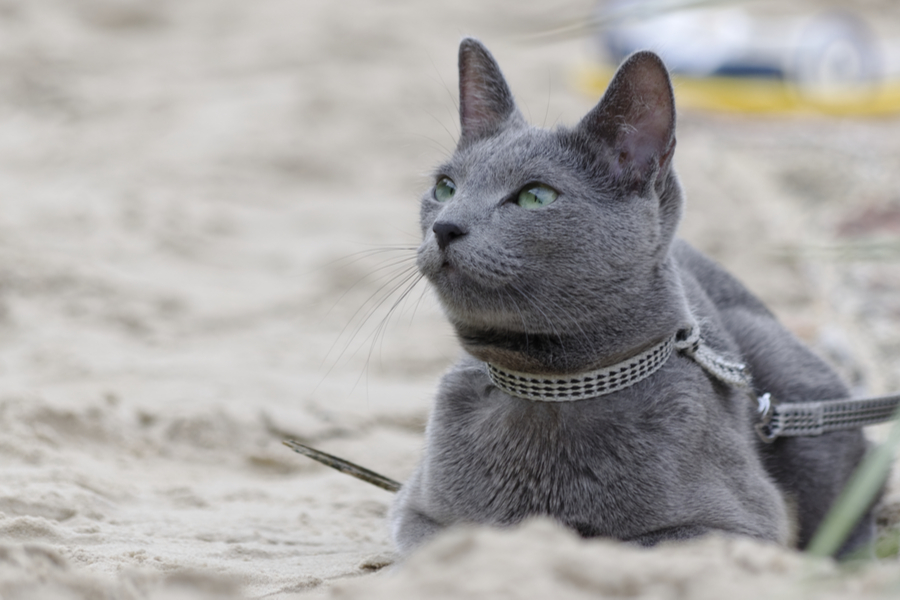
January 17, 2024
What Is The Personality Of Russian Blue Cats?
Russian Blue cats are most known for their distinctive shimmery blue-silver coat and piercing green eyes. However, this breed’s calm and gentle temperament is what makes them shine the most in the feline world.
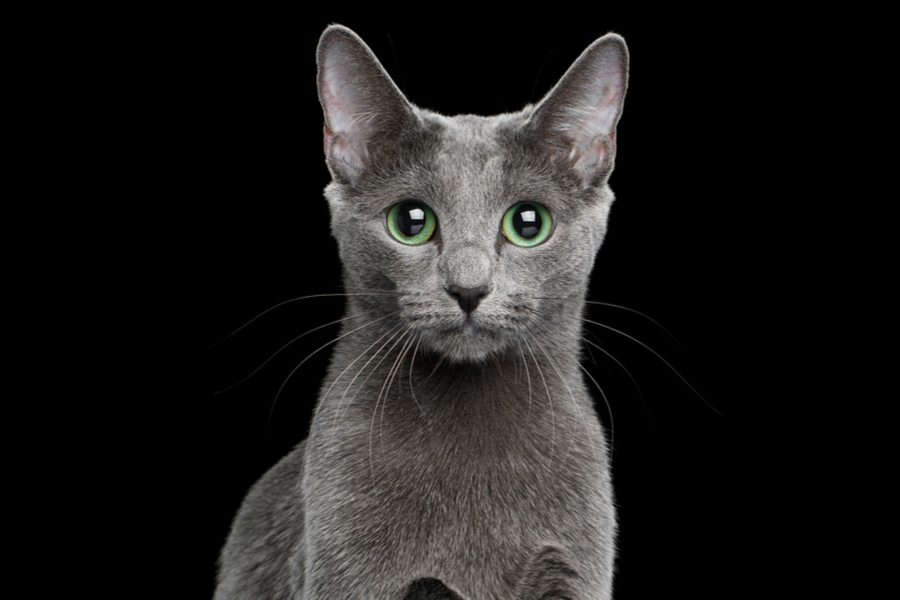
January 17, 2024
10 Facts About Russian Blue Cat Breed
Russian Blues are one of the most aesthetically stunning cat breeds, with a gorgeous plush silvery coat and vibrant green eyes. However, it’s not only their appearance that is beautiful; their nature is too.
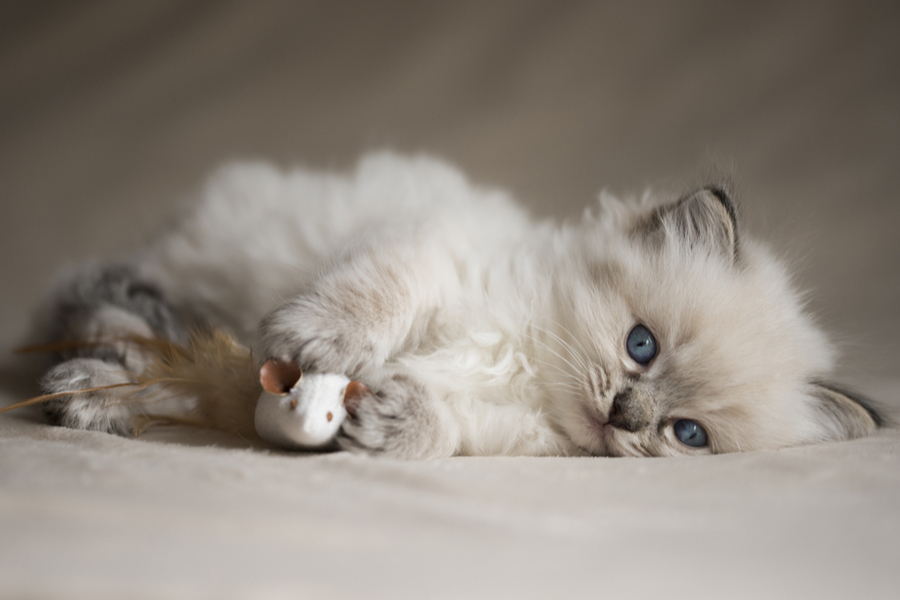
January 17, 2024
How To Choose The Right Cat Breed for You
Cats can make the most fantastic animal companions; they are adorable, friendly, and loving. However, not all felines are created equal. There are many different breeds, of which each has its unique personality traits.
Need some help?
Contact us to speak to our friendly advisor, who will gladly help you find your dream pet!



We are registered in England and Wales under registration number 12568840,
and our registered office is at 58-60 Kensington Church Street, W8 4DB London, England.
© 2023 The Pedigree Paws